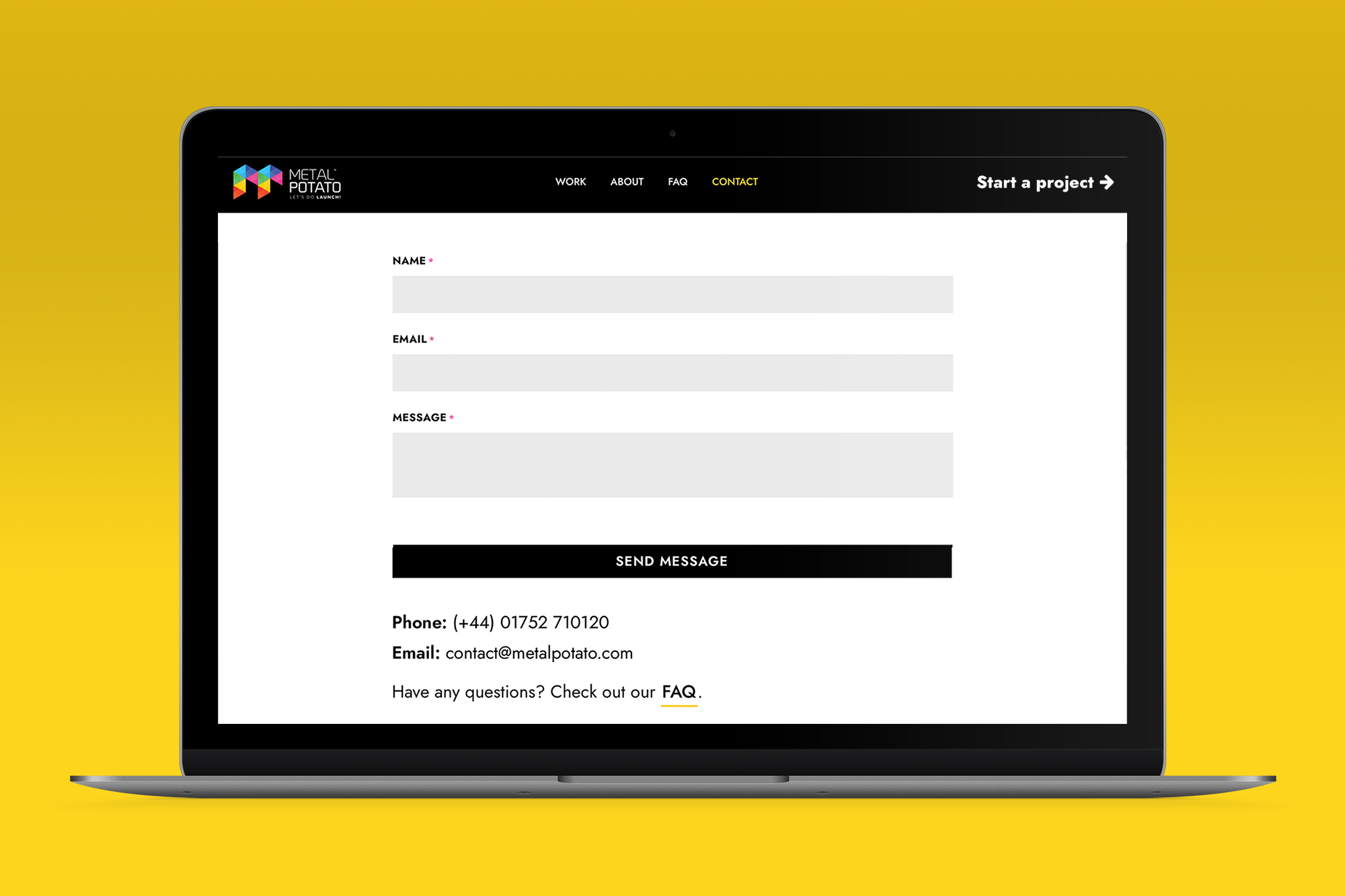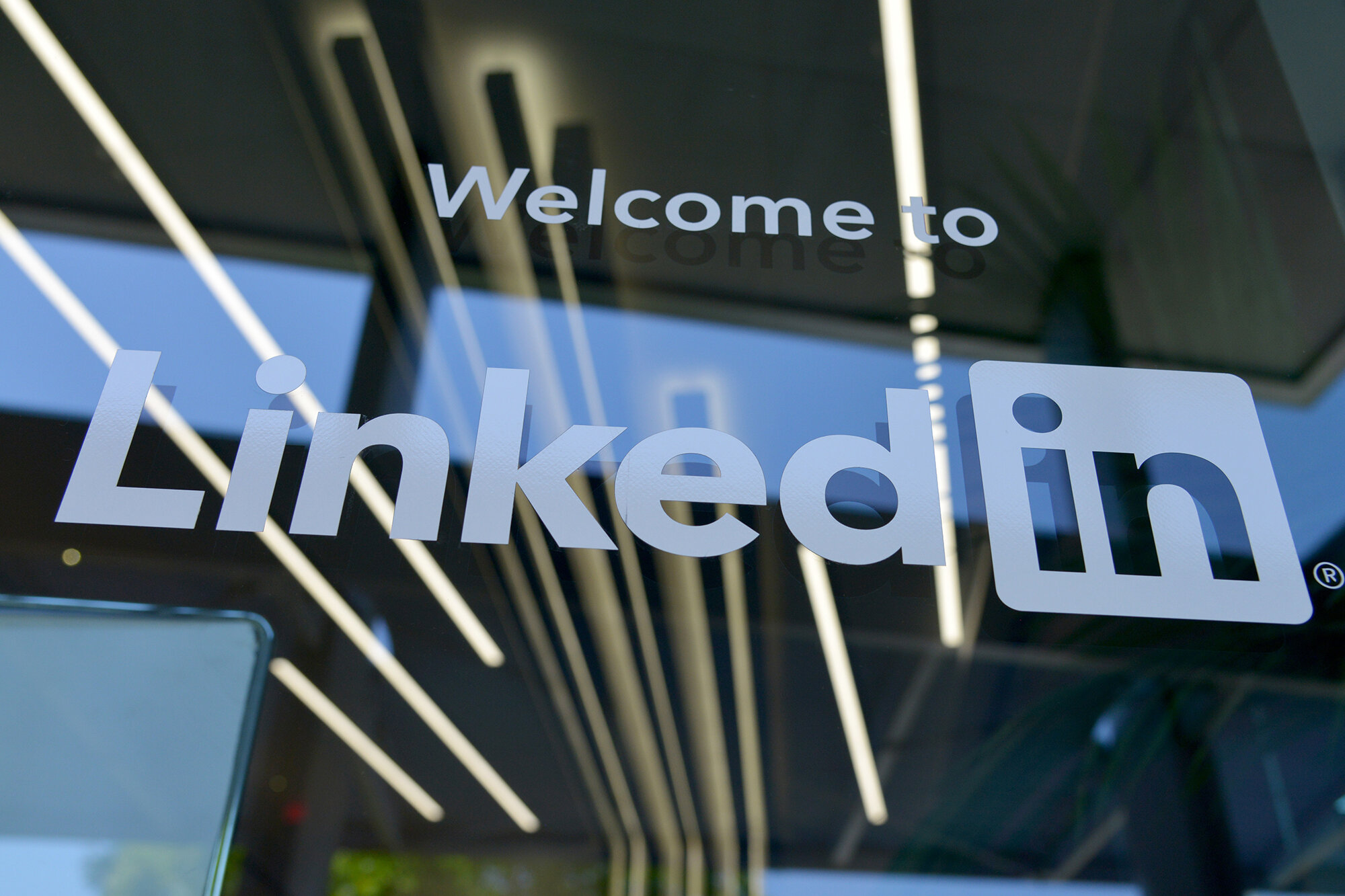The speed at which your website loads plays a crucial role in providing a positive user experience. Slow-loading websites not only frustrate visitors but also lead to a significant drop in conversions. As a webmaster, it’s essential to prioritise optimising your website’s performance to ensure fast load times and keep visitors engaged.
In this article, we will explore the key factors that affect your website’s load time and provide actionable tips to improve its speed.
1. Server location: close is faster
The location of your server has a significant impact on the speed at which your website loads for users. When your server is closer to your target audience, the data has to travel a shorter distance, resulting in faster load times. On the other hand, if your server is located in a different country or continent, the data has to pass through multiple networks, leading to increased latency and slower load times.
To ensure optimal speed, prioritise choosing a web host that has servers located in or near your target market. This will minimise the distance the data has to travel and provide a faster browsing experience for your users.
2. Server performance: efficient processing
The performance of your server plays a crucial role in how quickly it can process and deliver website content to users. When a user visits your website, their browser sends a request to the server, which then retrieves the necessary files and processes any server-side applications, such as PHP or MySQL. If your server is not configured correctly or lacks sufficient resources, it can lead to slower processing times and result in longer wait times for users.
To optimise server performance, consider the following steps:
- Optimise your website’s code to minimise errors and improve efficiency.
- Implement caching techniques to store frequently accessed data and reduce the load on your server.
- Utilise server-side technologies like APC or XCache to enhance PHP code processing capabilities.
By taking these measures, you can ensure that your server efficiently handles user requests, resulting in faster load times for your website.
3. Content: size matters
The size of your website’s content, including images, videos, and other media files, directly impacts its load time. Large file sizes can significantly slow down your website, especially if your visitors have slow internet connections or are accessing your site on mobile devices.
To optimise your website’s content and reduce its size, consider the following strategies:
- Compress and optimise images before uploading them to your website.
- Minify CSS and JavaScript files to remove unnecessary characters and reduce file sizes.
- Implement lazy loading techniques to load images and videos only when they are visible to the user.
By reducing the size of your website’s content, you can significantly improve its load time and provide a faster browsing experience for your visitors.
4. Browser caching: speeding up return visits
Modern web browsers have the ability to cache website content locally, allowing them to retrieve and display the content faster on return visits. However, if your website’s headers are not properly configured, browsers may not be able to cache your content effectively, resulting in additional requests for page components and slower load times.
To enable browser caching and improve load times for return visitors, consider the following steps:
- Configure your website’s headers to allow for content compression, such as gzip.
- Set appropriate cache-control headers to specify how long content should be cached.
By optimising browser caching, you can ensure that your website’s content is stored locally and readily available for faster access on return visits.
5. Testing website speed: measure and optimise
To accurately assess the speed of your website and identify areas for improvement, it’s crucial to perform regular speed tests. These tests provide valuable insights into your website’s performance and help you identify bottlenecks that may be affecting load times.
There are several tools available to test your website’s speed, including:
- Google PageSpeed Insights: Provides optimisation suggestions to improve your website’s performance.
- WebPageTest: Offers detailed performance reports and allows you to test your website from different locations.
- Pingdom: Measures load times and provides insights into performance metrics.
By regularly testing your website’s speed and implementing the recommended optimisations, you can ensure that your website consistently delivers a fast and seamless user experience.
6. Optimise images: size matters
One of the most common culprits of slow-loading websites is oversized images. Large image files can significantly impact load times, especially for users with slower internet connections or limited bandwidth.
To optimise your images for faster loading, consider the following techniques:
- Resize images to match the dimensions required by your website.
- Compress images without compromising their quality using tools like JPEG Optimizer or TinyPNG.
- Leverage modern image formats such as WebP to reduce file sizes further.
By optimising your images, you can significantly improve your website’s load time and ensure a seamless browsing experience for your visitors.
7. Minimise plugins: less is more
While plugins and widgets can add functionality to your website, they can also negatively impact its performance. Installing too many plugins can slow down your website by increasing the number of HTTP requests and adding unnecessary code to your pages.
To optimise your website’s performance, follow these steps:
- Evaluate your installed plugins and deactivate or remove any that are unnecessary.
- Consolidate functionality by using fewer plugins that offer multiple features.
- Regularly update and optimise your plugins to ensure they are compatible with the latest version of your content management system.
By minimising the number of plugins and optimising their usage, you can significantly improve your website’s load time and provide a smoother browsing experience for your visitors.
8. Content delivery network: faster content delivery
If your website serves a global audience or contains a large amount of data, implementing a content delivery network (CDN) can greatly improve load times. A CDN is a network of servers strategically placed in different locations worldwide. These servers store and deliver your website’s content to users from the server closest to their geographic location, reducing latency and improving load times.
To leverage the benefits of a CDN, follow these steps:
- Choose a reputable CDN provider that offers servers in locations that align with your target audience.
- Configure your website to use the CDN for content delivery, including images, CSS, JavaScript, and other static files.
By utilising a CDN, you can ensure that your website’s content is delivered quickly to users, regardless of their geographic location.
9. Choose a reliable web host: performance matters
The choice of web host plays a crucial role in maximising your website’s performance and ensuring fast load times. To achieve your goals, it is essential to select a reliable web host with a robust infrastructure and optimised server configurations.
When considering a hosting provider, keep the following factors in mind:
- Opt for a hosting provider with servers strategically located in or near your target market. This proximity helps minimise latency and ensures faster website access for your audience.
- Ensure that the host offers ample resources and scalability to handle your website’s traffic effectively. This scalability guarantees a seamless user experience, even during peak periods.
- Look for hosting plans that prioritise performance optimisation. Features like caching and content delivery networks can significantly enhance your website’s speed and overall performance.
Metal Potato has our own specialist hosting service which we call Potato Care. With Potato Care, your website receives ongoing hosting, monthly inspections for updated plugins and software, and comprehensive security measures, including regular backups that virtually eliminate downtime.
We are committed to delivering top-notch performance and blazing-fast website loading speeds. Our continuous investment in optimising server configurations and infrastructure is aimed at providing you with the best possible website performance.
Choose Potato Care as your trusted web hosting partner, and experience the seamless performance and uninterrupted functionality your website deserves. Contact us today to learn more about our services and the ways in which we can empower your online success.
Let's make a website!
Book a FREE video call to discuss your business, project strategy, and more!
"*" indicates required fields
More from Metal Potato
Contact Page Design: A Blueprint for Success
Learn how to optimise your contact page for better engagement and conversions with expert tips and inspiring examples.
Can Apple Vision Pro Revolutionise Computing?
Discover the Apple Vision Pro: a mixed-reality headset set to redefine computing, work, entertainment, and education.
How to Choose the Perfect Typography for Your Website
Master the art of web typography... from font selection to readability, create a visually stunning and user-friendly website.
The Power of WordPress for Small Businesses
Build a strong online presence for your small business with WordPress! It's easy to use, SEO-friendly, and very cost-effective.
Celebrating 40 Years of the Apple Mac
Explore 40 years of Mac evolution! Celebrating Apple's iconic computer and its impact on design, technology, and creativity.
Why LinkedIn Should Be Your Top Priority
Maximise career growth with LinkedIn's powerful benefits! Unlock networking opportunities, connect and build your personal brand.






